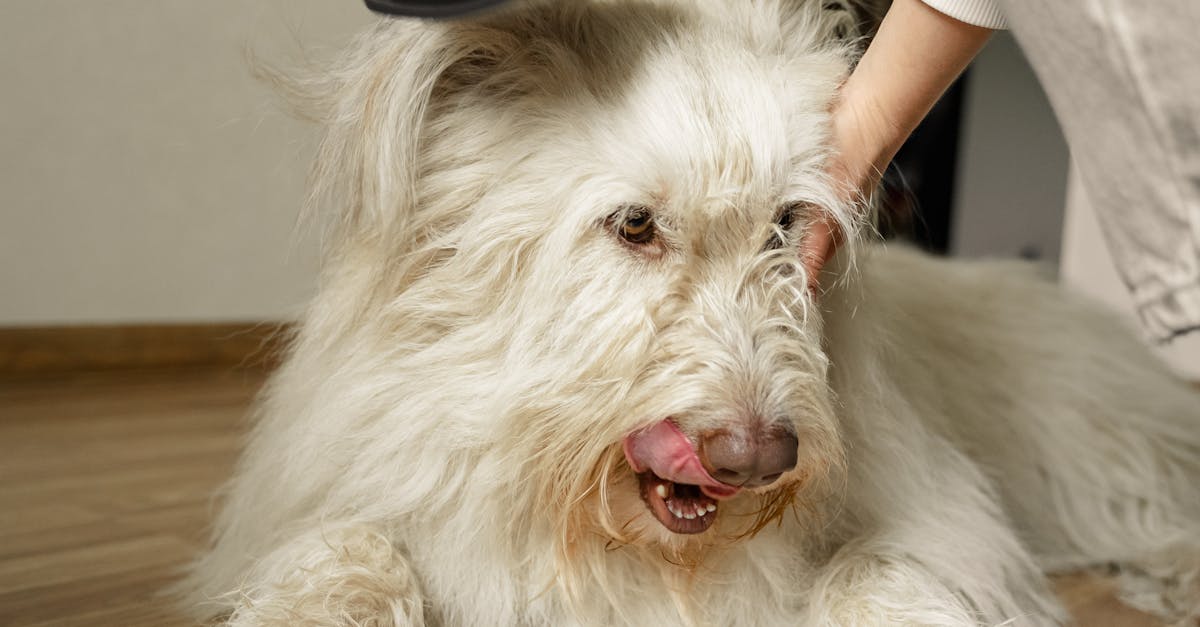A Wake-Up Call: The Moment I Realised My Home Smelled Like a Kennel
Have you ever walked into your home and been struck by an unmistakable odour that reminds you of a kennel? You might have experienced this if you’re a pet owner. It’s a situation I found myself in not too long ago. The other day, I came back from a long day at work, opened the door, and was hit by a wave of doggy smell. It hit me that something had to change. You can probably relate if you’ve ever had pets. The reality is that while we love our furry friends, their smells can sometimes take over our living spaces.
It’s common knowledge that pets bring joy, companionship, and even health benefits. But what do you do when their odours start to dominate your home? From my point of view, it’s not just about masking the smell; it’s about tackling the root cause. In this blog post, I’d like to share some practical tips and strategies that I’ve learned to keep your home smelling fresh and clean, even with pets around.
Identifying the Source: Where Is That Smell Coming From?
Common Culprits of Pet Odours
From what I’ve seen, the first step in solving any problem is identifying its source. Pet odours can come from various places:
- Pet Beds and Blankets: These can absorb a lot of smells over time.
- Carpets and Rugs: Pets love to lounge on them, and they can trap odours.
- Furniture: Sofas and chairs can also become odour magnets.
- Pet Toys: They can harbour bacteria and smells.
- Pet Itself: Sometimes, the smell is coming directly from your pet.
A Little-Known Fact: The Role of Pet Diet
Interestingly enough, a little-known fact is that your pet’s diet can significantly affect their odour. Foods high in certain proteins can make your pet’s sweat and saliva more pungent. If you’ve ever noticed a sudden change in smell, it might be worth looking at what your pet has been eating.
Cleaning and Maintenance: The Key to a Fresh Home
Regular Cleaning Routine
One thing I’ve learned is that regular cleaning is crucial. Here’s a thought: imagine if you didn’t clean your own living space for weeks. The smell would be unbearable, right? The same applies to your pets. Here are some tips:
- Wash Pet Beds and Blankets Weekly: Use a pet-safe detergent.
- Vacuum Carpets and Rugs Frequently: At least twice a week.
- Clean Furniture: Use fabric cleaners that are safe for pets.
- Wash Pet Toys: Regularly wash them with mild soap and water.
Grooming Your Pet
Looking back, I realised that grooming my pet more frequently made a significant difference. Here’s a quick story: I used to bathe my dog once a month, thinking it was enough. But I noticed a considerable improvement when I switched to a bi-weekly schedule. Regular grooming helps to remove dirt, dander, and excess oils that contribute to odours.
- Brush Your Pet Daily: This helps to remove loose fur and dander.
- Bathe Your Pet Regularly: Use a pet-specific shampoo that’s gentle on their skin.
- Clean Their Ears and Teeth: Often overlooked, these can be significant sources of odour.
Air Quality: Freshening Up Your Space
Ventilation and Air Circulation
I couldn’t help but notice that improving air circulation made a huge difference in how my home smelled. You might find this helpful: open your windows daily to let fresh air in. Using fans can also help to circulate the air and prevent it from becoming stale.
Air Purifiers and Deodorisers
You’d be surprised at how effective air purifiers can be. They help to remove pet dander, dust, and odours from the air. Here’s a funny thing: I once thought air purifiers were just gimmicks. But after using one, I was convinced of their effectiveness.
- Use Air Purifiers: Look for ones with HEPA filters.
- Natural Deodorisers: Baking soda is great for neutralising odours. Sprinkle it on carpets before vacuuming.
- Essential Oils: Use pet-safe essential oils in a diffuser to add a pleasant scent to your home.
Preventative Measures: Keeping Odours at Bay
Training and Behavioural Tips
From what I’ve seen, training your pet can also help reduce odours. For example, teaching them to stay off furniture can prevent smells from seeping into your upholstery. Here’s a thought: crate training can also be beneficial. It provides your pet with a designated space, reducing the spread of odours.
Diet and Health
As mentioned earlier, diet plays a crucial role. Now you know that feeding your pet a balanced diet can help control odours. Additionally, regular vet check-ups ensure that your pet is healthy and free from any conditions that might cause odour.
Final Thoughts: Embrace a Fresh-Smelling Home
Looking back, I realise that keeping a home smelling fresh with pets is entirely possible. It requires a bit of effort and consistency, but the results are worth it. If you’ve ever struggled with pet odours, I hope you find these tips helpful.
Here’s a story: after implementing these changes, I invited some friends over. They couldn’t believe I had pets because my home smelled so fresh. You won’t believe how satisfying that felt!
In conclusion, maintaining a clean and fresh-smelling home with pets is achievable. It’s clear that with regular cleaning, proper grooming, and a few strategic changes, you can enjoy the best of both worlds: a loving pet and a pleasant home environment.
So, what’s the next step? Start by identifying the sources of odour in your home and implement these tips. You’ll be amazed at the difference it makes. Let me tell you, it’s a game-changer!
I hope you found this blog post helpful. Feel free to share your experiences and tips in the comments below. Happy cleaning! 🐾














